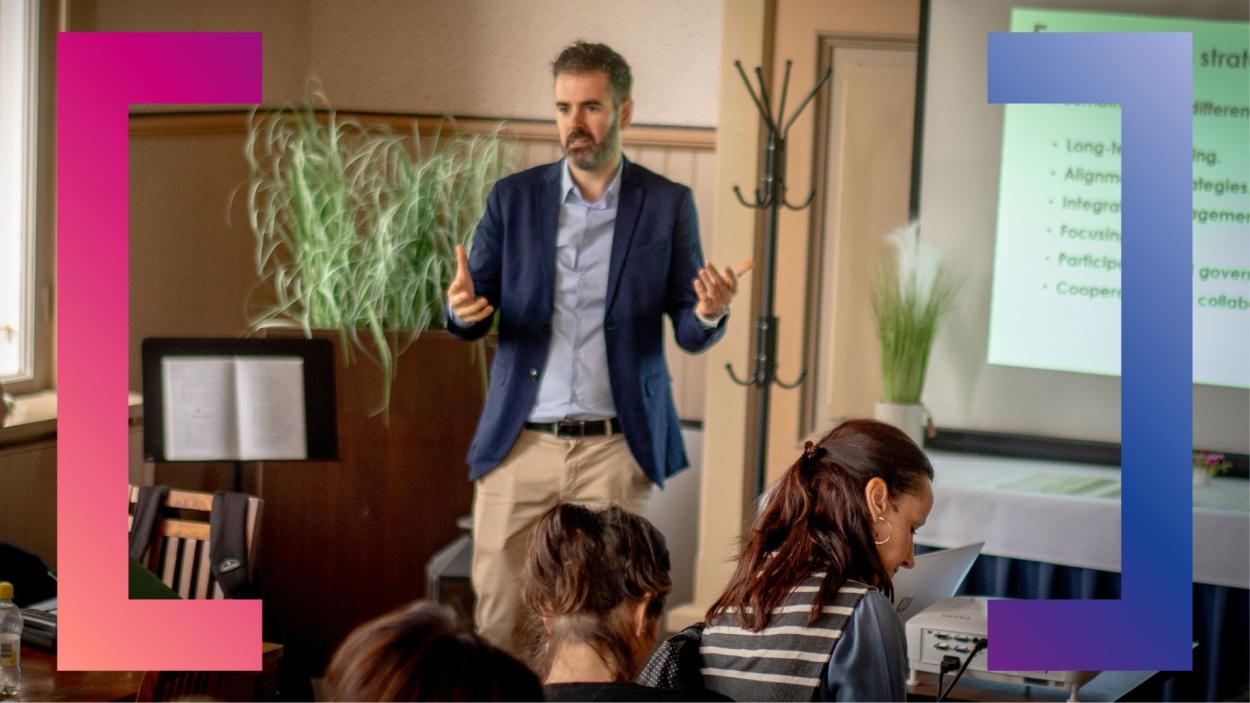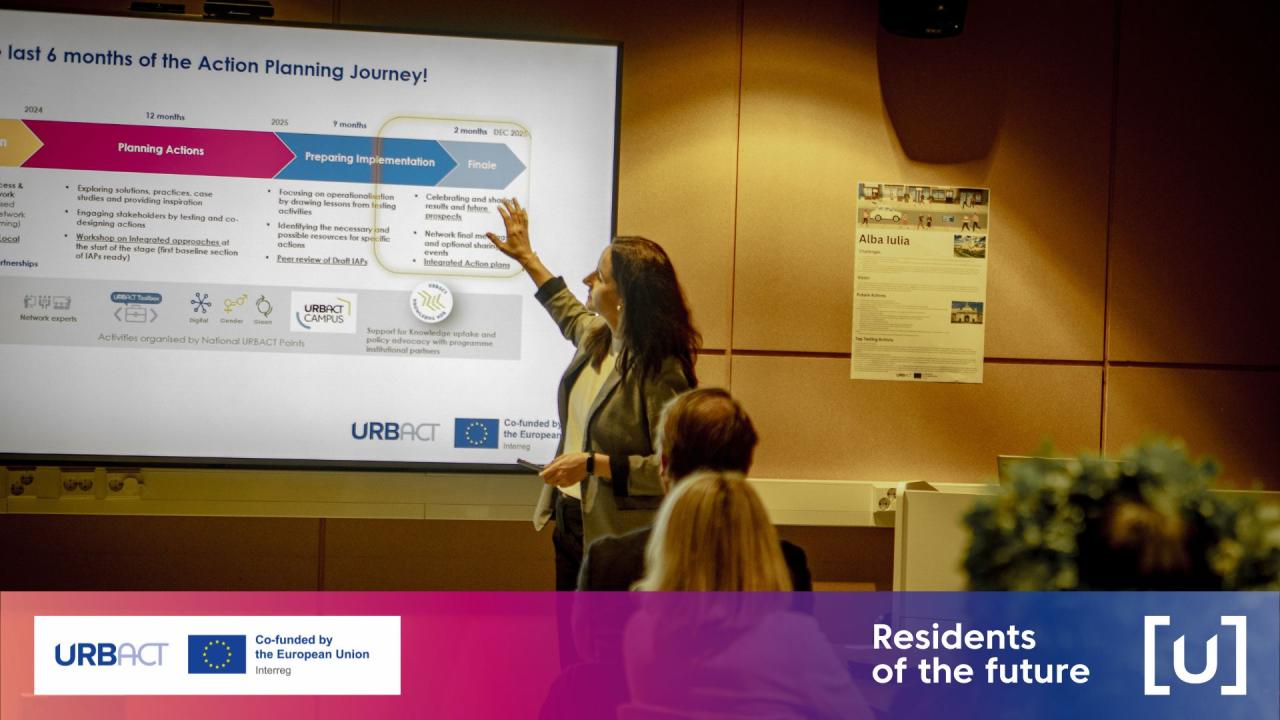So, don’t just make a plan. Tell the story behind it.
That moment of shaping your Integrated Action Plan (IAP), is not just a formal requirement. It’s the point where your city’s vision becomes visible, communicable, and real. Sharing your plan with partners and experts is a moment of truth. Until now, it lived in your head, shaped by local discussions and quiet drafts. But now it’s out in the open, exposed to fresh eyes and honest questions: Will they understand it? Will it hold up? Will it move anyone to action?
It’s not just a step toward finalising the plan — it’s the first time your city’s vision is truly tested in the real world.
At the transnational meeting of the URBACT "Residents of the Future" network, held in Iisalmi, Finland in June 2025, nine European cities brought that moment to life. Each presented the first full draft of their IAP, revealing their journey from analysis to action. José Costero, urban strategist and ad hoc expert for the project, had read each plan closely. Not just to tick boxes, but to ask deeper questions: Does this plan tell a story? Does it make tough choices? Is it ready for real-world action?
The answer, in many cases, was "almost".
Why a Plan Isn’t Just a Plan
In his review, Costero reminds us of something many cities forget in the rush to meet deadlines: the IAP isn’t just a document. It’s a calling card, a strategic compass, and, perhaps most importantly, a story. A good plan, he says, doesn’t just list projects. It narrates how a city found its way forward. It reveals how people were involved, how challenges were interpreted, and how ideas became actions. It connects dots between past pain and future promise.
And yet, some of the IAPs lacked this connection. “Too technical,” “too general,” “too detached” were some of the quiet flaws that undermined their potential. Not because the cities didn’t do the work. But because they didn’t tell the story of that work.

Don't try to do everything: Prioritising actions is how you make the Plan real
One of the most recurring issues across the nine city plans? Everything was listed and everything was equal. Costero gently calls this out: presenting every action as equally important is unrealistic. Cities don’t have unlimited resources or time. Without prioritization, a plan becomes a wishlist, not a roadmap. Instead, he urges cities to focus. Use simple tools like the Effort-Impact Matrix to separate “quick wins” from long-term investments. Ask hard questions: What’s ready to go? What’s affordable? What will make people believe change is possible? When cities do this well, something powerful happens. The IAP becomes not just a plan but a platform. A rallying point. A beginning.
The forgotten "Section 4" that holds everything together
Then comes Section 4, the part no one wants to talk about but everyone needs to. It’s the implementation chapter. The “who, how, and when” of everything that came before. Too often, Costero notes, this section is rushed or vague. But without it, the plan remains a dream. This is where cities decide who leads what, where funding will come from, how progress will be measured, and, crucially, how the city stays committed after the project ends. This section, he insists, is the bridge between imagination and impact.
For cities still in the process, this is a golden opportunity. Don’t just fill in a structure. Revisit your entire plan. Is your vision still compelling? Do your actions align? Does your roadmap feel like something that can actually be walked?

Planning is a journey, not a form
What emerges from Costero’s review is not a checklist, but a mindset.
Strategic planning, as he’s argued in other writings, is not about filling out forms or aligning boxes. It’s about creating coherence in complexity. It’s about engaging communities, building trust, and focusing efforts. And ultimately, it’s about helping cities do more with less, by doing the right things, in the right order, for the right reasons. That’s what the Residents of the Future network set out to do. And this moment, reviewing the plans, reflecting on the journey, is not an end, but a pivot.
Coming Soon in Part Two:
How cities can turn dry policy documents into living visions that inspire real people and why internal communication may be the secret ingredient to lasting change.


